Do you know How to Use Grass Clippings in the Garden? Read on to learn some eco-friendly ways to utilize them for your better good!
Do you dump the leftovers after mowing your lawn? Don’t. Learn How to Use Grass Clippings in the Garden in this informative article and make the best of the natural resources around you!
Check out some powerful hacks to become a self-sufficient gardener here
What to Do With Grass Clippings?
Grass clippings contain 4% nitrogen, 1% phosphorus, and 2% potassium which can greatly benefit the plants in your garden. Using the clippings in the yard will reduce the need for nitrogen fertilizer and act as an effective mulch, improving the soil quality.
Decomposed grass clippings also serve as a food source for bacteria in the soil.
Learn about some effective mustard cake uses in the garden here
Uses of Grass Clippings in the Garden
If you are wondering about What to Do With Grass Clippings, then here are the best ways to use them.
1. An Effective Lawn Fertilizer
Leaving the grass clippings on the lawn will save up to 25% consumption of lawn fertilizers. Ensure to leave only the shorter clippings as they will break down fast on coming in contact with water and help fertilize your yard.
Learn about the most helpful lawn care tips here
2. Use the Clippings in Compost
Composting grass clippings is another way to recycle grasses. However, you can’t make compost consisting of only grass clippings, which will rot and stink because of the 80% water content. If used alone, they will pack together and compact the airflow.
The trick is to use a good amount of other organic waste, such as leaves, twigs, shredded branches, etc., with alternating layers of clippings in the proportion of about 1:1 or 2:1.
Pro Tip: Dry the clippings for a day or two before adding to the compost in humid weather.
3. Mulch the Ground with Grass Clippings
Grass clipping as mulch is good to use in your garden. Spread 1/4 inches thick layer near the base of the plants. Grass clippings limit evaporation and conserve water, retaining moisture in the soil.
Make sure to use only dried grass as they have a tendency to remain wet and can invite mold creating smelly decay issues.
4. Grass Clippings in Vegetable Garden
Nitrogen in grass boosts vegetable growth, especially green vegetables such as lettuce, cabbage, spinach, and others, including cucumber, squash, zucchini, potato, and pumpkin.
If you let your grass clippings dry for several days, you can use them as thick mulch to protect strawberries and grow potatoes. Dry clippings are also effective in suppressing unwanted weed growth.
5. Use Grass Clippings as Slow Release Fertilizer
Rich in nitrogen, oxygen, and phosphorus, grass clippings can be used as effective slow-release organic fertilizer in the garden.
Incorporate 2 to 3 inches mass of grass clippings 6 inches deep in garden soil. They will decompose in the soil layers, thus enhancing the quality.
Learn how to use banana peels as a slow-release fertilizer here
6. A Brilliant Liquid Fertilizer!
Grass clippings can be made into an effective and 100% organic liquid fertilizer in a few days. N-P-K level of this liquid grass clipping fertilizer is around 1 – 0.5 – 3.1.
Fill 3/3rd of a bucket with fresh grass clippings and the rest with water. Close the lid and let it steep for 3 days, and your grass-clipping liquid fertilizer is ready to use.
Depending on the size of the plant, apply this solution from half a cup to one quart for those growing in pots. Learn about this technique in detail here.
7. Add a Grass Clipping Layer to the Raised Beds
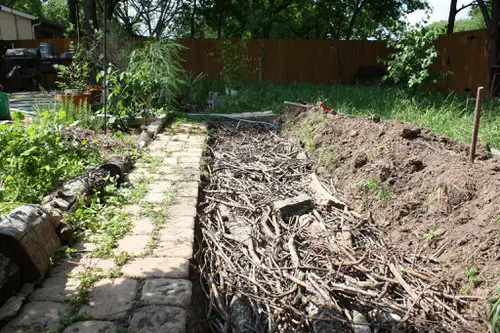
Add a thick grass clippings layer to provide the necessary nutrients and make raised beds less compact to add volume. They will also help break down carbon-rich fibrous material in such a bed.
8. Cook up a Lasagna Garden

Do you want to make a garden but avoid a sore back? Try making a lasagna garden. It is a low-effort way of gardening that does not need any digging. It also helps you use the leftover grass clippings, newspapers, and kitchen scraps.
Steps to make a lasagna garden:
- Find a sunny location in your garden.
- Place broken branches and twigs as the first layer. Then, layer with corrugated cardboard.
- Jumpstart the decomposition process by drenching that cardboard in water.
- Add 2-6 inches of wood chips, dry leaves, hay, or newspaper clippings, followed by 1-2 inches of grass clippings, plant cuttings, manure, and food scraps.
- Add altering layers of brown and green matters in a 2:1 ratio.
- End with a brown layer, so it keeps wildlife away.
The layers will decompose in 4-5 months, creating rich garden soil. Autumn is the an ideal time for starting a lasagna garden. However, you can make it at any time of the year.
9. Use as Livestock Feed
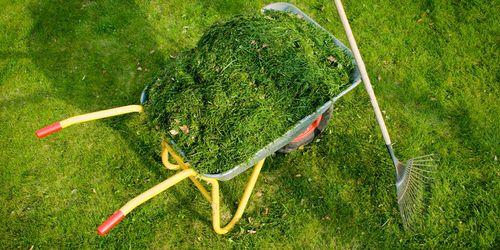
Use the extra grass clippings to feed sheep, goats, cows, geese, chicken, and other poultry. Ensure to use only the fresh, dry clippings that have never been treated with pesticides.
10. Great Snack For Small Pets

If you have a pet tortoise, rabbit, or guinea pig, you can make the grass clippings into a delicious hay snack for these cuties to feast on.
Find out some edible weeds here
11. Keep Your Container Garden Happy
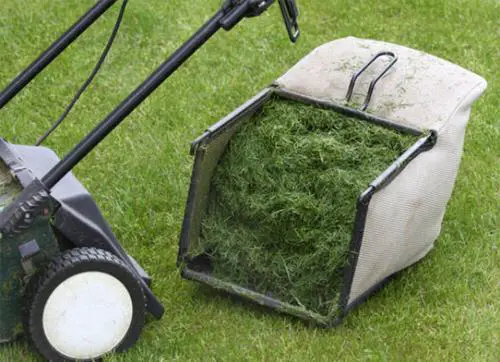
If you have a container garden, you may want to place a good 1-2 inches grass clippings layer on top of the soil. It helps in locking in the moisture and adds a bit of fertilizer.
12. Grass Clipping Tea

Fill a gallon bucket 1/3 with fresh grass clippings and the rest with clean water. Then, cover the bucket using a screen or a cheesecloth to keep mosquitoes at bay.
After 14-15 days, you will be left with excellent tea to fertilize your plants. Add a pint to the watering can, and shower your plants with a nutrition boost every 15-20 days.
Learn more about this process here
13. Use as a Weed Barrier
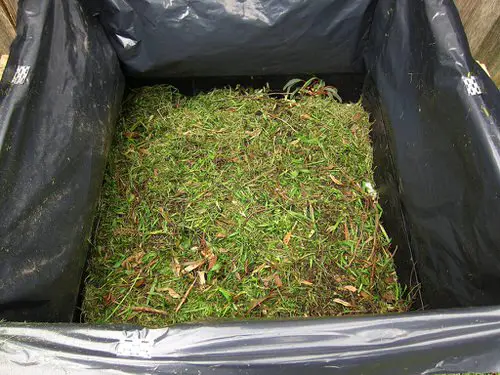
If you want to suppress the unwanted weed growth, you can use grass clippings. Layer grass clippings over all the places you do not want weeds to grow.
You can later remove the grass barrier and add it to the compost pile.
14. Feed Deer
Lay out a thick layer of grass clippings at the edge of the woods as deer feast. It will also keep them from entering your garden.
15. Feed the Worms
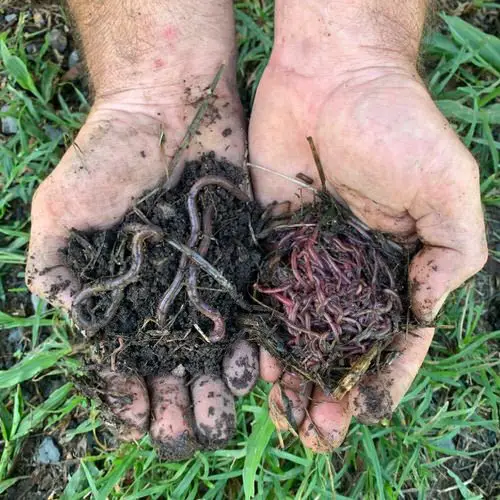
Feed the worms 1-2 handfuls of fresh grass clippings. They will love to munch on the grass. However, avoid putting in more as the bin might start to stink.
Find out some functional compost bin ideas here
16. Tuck Your Worms into Bed
Mix dry leaves and grass clippings in equal proportions, then add the worms that’ll be happy to fix your soil quality.
17. Donate to Recycling Center
Some municipalities accept yard waste, and this way, you’d be free from the fuss of recycling them yet using them effectively.
18. Contribute to a Community Garden
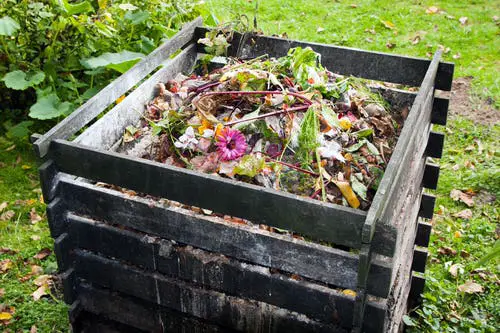
If you don’t have any idea What to Do With Grass Clippings, then the best is to donate them to a community garden nearby, and your work is done!
19. Reduce, Reuse, and Recycle
Use the grass clippings to reuse in the garden or recycle them in the compost pile. It will reduce yard waste significantly. You may also check with your neighbors if they use those extra clippings.
20. Fermented Grass Fuel

Some grass clippings wilt a little in the garden. Pick them with grass vacuum attachments using the lawn mower. Allow the clippings to ferment in the plastic bags in airtight safety that can be further used in your garden.
Researchers at the University of York have used a technique to make fuel from grass clippings. The method includes using microwaves to heat material without air.
However, this method needs heavy caution, and you may need expert help.
Learn about some super effective probiotic recipes for your garden here
Important Things to Remember
- Do not use grass treated with herbicides/pesticides or any chemicals.
- Do not over-mow your lawn. Keep the proportion in check while using them as mulch or compost bins.
- Always use dried clippings in the garden.
- When used as a compost ingredient, grass clippings can increase a tremendous temperature in a compost pile, resulting in fast decomposition.







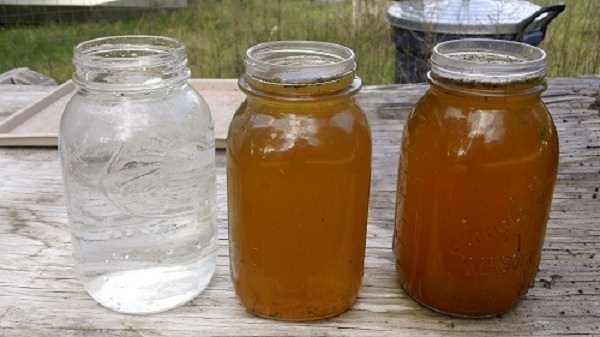

Nice information
Good to hear what I have been saying for years being uttered by someone else! What was particularly good was the info on making up a liquid fertiliser
Many thanks
So can you dig it into clay soil to improve consistency? Our soil is so sticky!!
Leaves provide a longer term solution to clay soil due to their fiber and slower decay time. The more permanent solution is to add sand.
[…] How to Use Grass Clippings in the Garden […]
My Bermuda grass is always full of seed and can’t be used in the garden. Beware!
Thanks for the tips and warnings! I’ve been really into compost lately
You CAN compost ONLY grassclippings!!
Just turn once every 2 weeks
I want to use grass clippings to heat up the soil in my cool-ish climate. Do I still do a very thin layer of clippings? Lea on Monday 25 May 2015
The price og gas i am oing to move my compost heap into the thouse for warmth lol
correct the spelling please